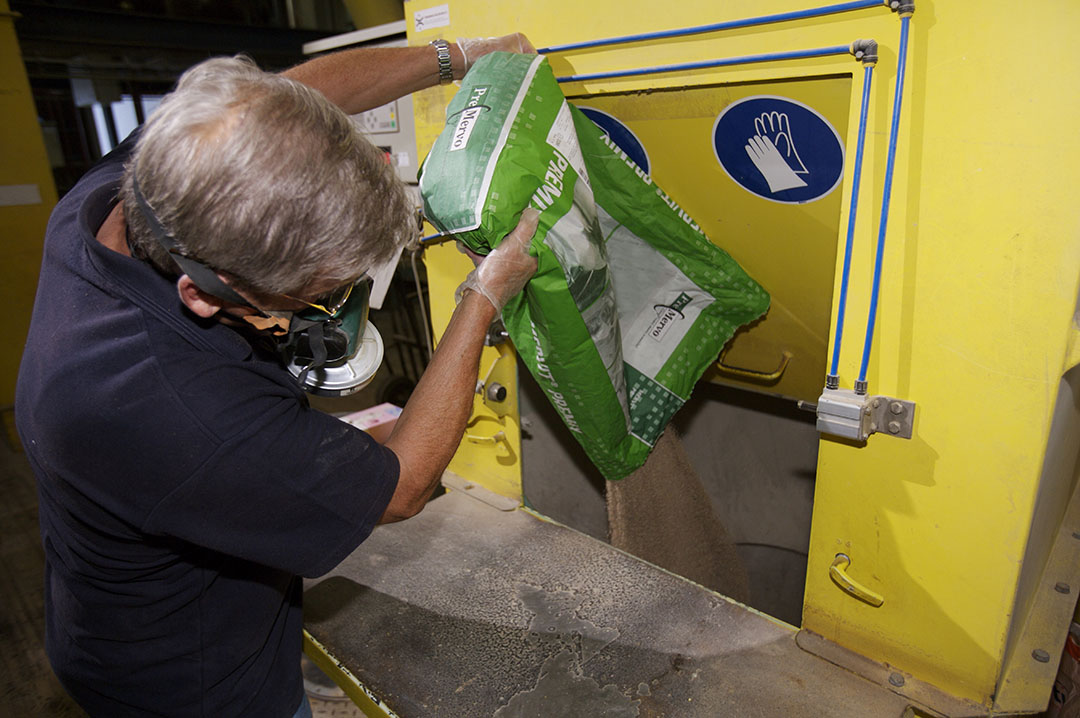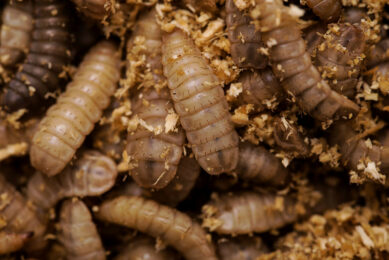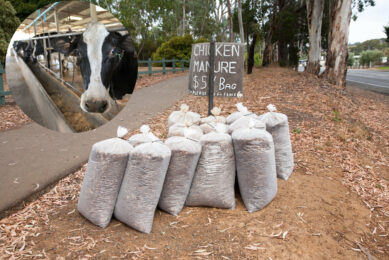ISO/TC 293: international standards for feed equipment

Here we offer you an overview of the ISO/TC 293 standards for feed machinery and an update on which standards are currently under development.
The feed industry, as an important part of the food chain, is responsible for producing safe, high-quality animal feed to support safe, animal-derived foods. Standards are the international language of business. The International Organization for Standardization (ISO) develops and publishes international standards and uses global expert input to produce these standards.
ISO/TC 293 scope and structure
In 2014, a new technical committee (ISO/TC 293) was established to develop international standards for stationary feed machinery. The scope of this committee includes standardisation of single feed machines, processing systems and complete production lines. The committee is currently developing standards in the areas of safety, hygienic requirements and terminology.
The participating (voting) members represent 14 countries: Canada, China, Denmark, France, Germany, Iran, Republic of Korea, Pakistan, Romania, Spain, Switzerland, Turkey, the United Kingdom and the United States. Observing members represent 14 countries: Argentina, the Czech Republic, Finland, Hungary, Indonesia, Italy, Japan, Mali, Malta, Peru, Poland, Saudi Arabia, Sweden and Uzbekistan.
ISO standards under development
ISO/TC 293 currently has 3 standards under development:
 Feed machinery terminology (proposed by China)
Feed machinery terminology (proposed by China)
Many manufacturers produce machinery for processing feed, thus different terms define feed processing technologies around the world. The goal of this standard will be to harmonise terminology used by manufacturers globally. The proposed terminology standard will define the uniform terms for processing technology as well as for machinery and equipment that are widely used in the feed industry.
 Safety requirements for dry and semi-dry single feed machines, processing systems and complete production lines (proposed by Switzerland)
Safety requirements for dry and semi-dry single feed machines, processing systems and complete production lines (proposed by Switzerland)
Numerous hazardous factors related to machinery and equipment can cause accidents, incidents and illness for personnel working at feed mills. Hazards include, but are not limited to, mechanical, electrical, thermal, noise, radiation, vibration, dust and materials hazards (e.g. from the aerosols of additives). The aim of this standard is to protect personnel from many of the hazards associated with feed mills by addressing safety requirements for the design and manufacture of feed production machinery.
 Control of cross-contamination in feed producing lines – guidelines (proposed by Iran)
Control of cross-contamination in feed producing lines – guidelines (proposed by Iran)
Different kinds of feed for various species and stages of life, as well as medicated and non-medicated feeds are usually manufactured on the same production line in feed mills. Some materials, such as veterinary drugs, feed additives and some feed ingredients (animal by-products, non-protein nitrogen sources, etc.), which may be hazardous to certain species, are used in the same plant. This standard will describe the technological and operational suggestions for controlling the unintended introduction of hazardous materials into subsequent batches of feed.
A common language for the industry
Compound feed machinery and equipment are manufactured by companies around the world. As a result, there are many countries involved in the export and import of feed machinery. Each country has its own standards and criteria, but this industry needs to have uniform international standards to set minimum personnel safety and hygiene requirements, while protecting proprietary information and designs. International standards serve as a common language for the industry and for trade.
 Protecting workers from hazardous minerals
Protecting workers from hazardous minerals
In the EU, the European Food Safety Authority (EFSA) evaluates the efficacy and the safety of additives before they can be authorised for use in animal feeds by the European Commission.
ISO is the organisation that develops and publishes international standards and ISO/TC 293 is responsible for developing harmonised standards for feed machinery. Some manufacturers have concerns that international standards will limit their creativity and innovation and they are encouraged to get involved by offering expert opinions on behalf of their country’s industry to ensure that such constraints are minimised.
In conclusion, it is expected that international standards in the areas of terminology, safety and the hygiene of feed machinery will be completed by ISO/TC 293 over the next three years, setting benchmarks for feed machinery production globally. The greater the international participation, the stronger the standards will be.
Authors: Gary Huddleston Director of Feed Manufacturing and Regulatory Affairs, AFIA, USA and Mohammadreza Kouhkannejad, PhD student, University of Tehran, Iran











